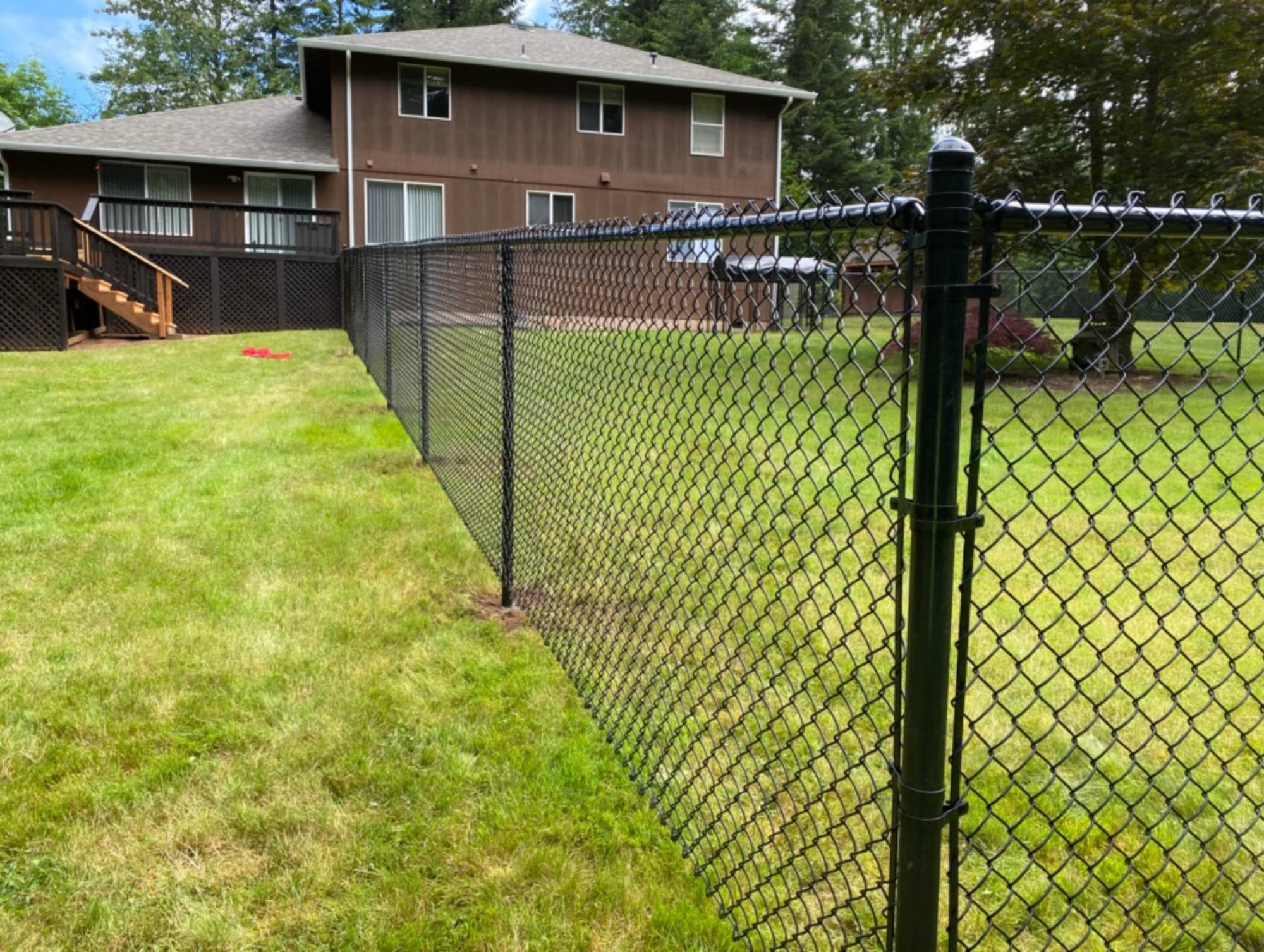All Categories
Featured
Table of Contents
Sustainable Fencing Choices for Eco-Conscious Property Owners
As the world becomes more environmentally conscious, many property owners are looking for ways to make their homes and yards more sustainable. The materials used for fencing play a critical role in creating a sustainable home environment. Conventional fences made from chemically treated wood can contribute to pollution and deforestation. But there are plenty of eco-friendly fencing alternatives that can help reduce your carbon footprint. For customers looking for an environmentally friendly fence, here are a few options that can help reduce their ecological impact:
Bamboo is a highly renewable material that is perfect for eco-conscious fencing solutions. Known for its rapid growth and renewability, bamboo is an excellent choice for those who want a fence that is both stylish and sustainable. Bamboo requires no chemical treatments, which makes it a safe and sustainable option. The natural beauty of bamboo fences blends well with various landscaping styles. Bamboo is a completely biodegradable material, which reduces waste at the end of its life.
![]()
As the world becomes more environmentally conscious, many property owners are looking for ways to make their homes and yards more sustainable. The materials used for fencing play a critical role in creating a sustainable home environment. Conventional fences made from chemically treated wood can contribute to pollution and deforestation. But there are plenty of eco-friendly fencing alternatives that can help reduce your carbon footprint. For customers looking for an environmentally friendly fence, here are a few options that can help reduce their ecological impact:
Bamboo is a highly renewable material that is perfect for eco-conscious fencing solutions. Known for its rapid growth and renewability, bamboo is an excellent choice for those who want a fence that is both stylish and sustainable. Bamboo requires no chemical treatments, which makes it a safe and sustainable option. The natural beauty of bamboo fences blends well with various landscaping styles. Bamboo is a completely biodegradable material, which reduces waste at the end of its life.
2. Plastic Fences Made from Recycled Materials
For those looking for an eco-friendly, low-maintenance fence, recycled plastic is a great option. Made from post-consumer waste, such as plastic bottles and containers, these fences help reduce plastic waste and keep it out of landfills. Weather-resistant and durable, recycled plastic fences require little maintenance and last longer than traditional wood fences. Recycled plastic fences offer both sustainability and longevity, requiring minimal upkeep.
3. Sustainable Fencing with Reclaimed Timber
Using reclaimed wood for your fence is another eco-friendly option. Repurposing wood from old structures helps reduce the need for new timber and prevents excess waste. A reclaimed wood fence not only looks charming but also provides a sustainable option for your property. Reclaimed wood fences are unique in appearance, as each piece has its own history, and they can be treated with eco-friendly finishes for added durability.4. Natural Living Fencing
Living fences, consisting of plants like hedges and vines, offer a sustainable, natural option for privacy. They use plants like ivy, shrubs, and small trees to create a natural barrier around your property. Living fences help reduce noise and create a more serene, green space while boosting air quality. In addition to being a low-maintenance and eco-friendly option, living fences contribute to the local ecosystem by providing habitats for wildlife.Conclusion
For environmentally conscious customers, there are many sustainable fencing options available that can help you reduce your environmental footprint. By choosing eco-friendly fencing options like bamboo, recycled plastic, or living fences, you can create a functional and sustainable outdoor space. When you opt for a sustainable fence, you’re making a positive contribution to the environment while enhancing your home’s exterior.Table of Contents
Latest Posts
Learn How to Reduce Expenses on Car Maintenance with Montclare Auto Repair’s Exclusive Deals
Published en
1 min read
Specialist Commercial Roof Solutions in North Platte, Nebraska
Published en
2 min read
Dependable Expenses Door Solutions for Residences and Services
Published en
1 min read
More
Latest Posts
Learn How to Reduce Expenses on Car Maintenance with Montclare Auto Repair’s Exclusive Deals
Published May 27, 25
1 min read
Specialist Commercial Roof Solutions in North Platte, Nebraska
Published May 24, 25
2 min read
Dependable Expenses Door Solutions for Residences and Services
Published May 23, 25
1 min read